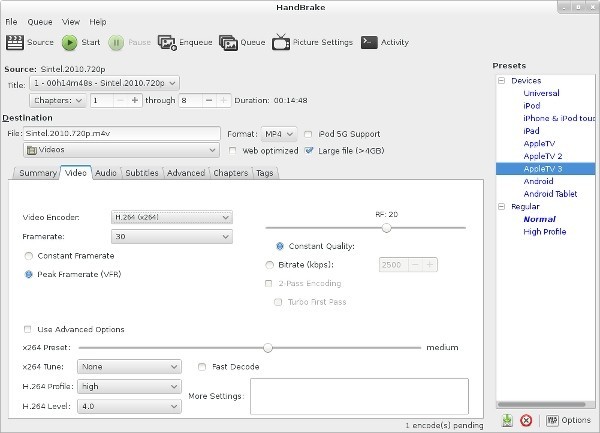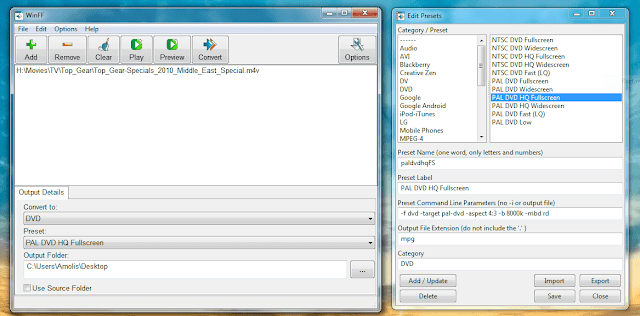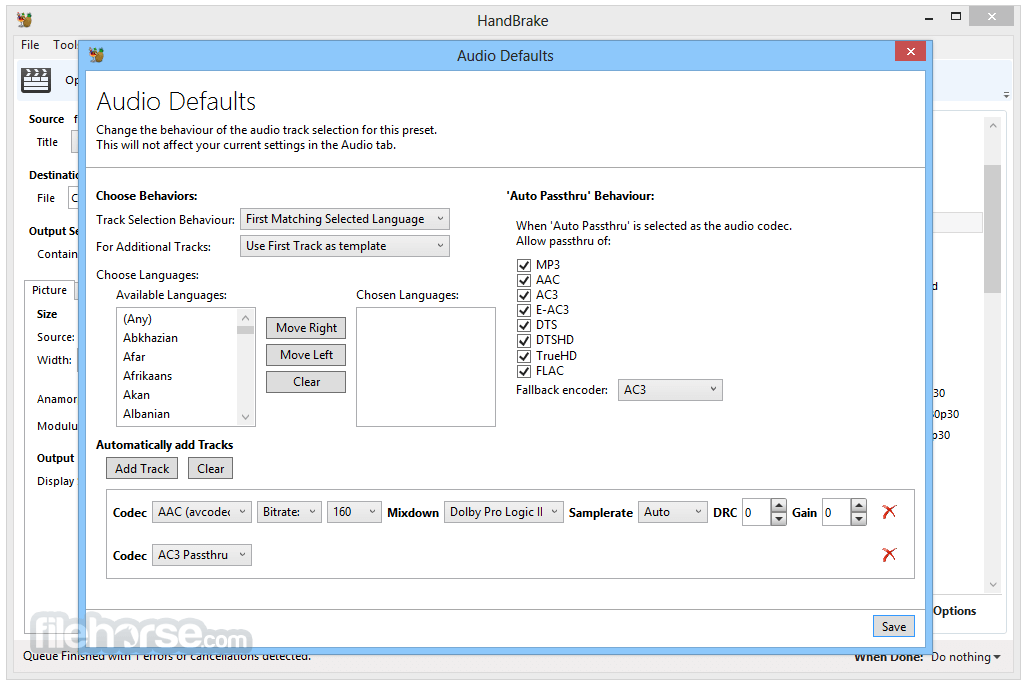

The video conversion is really important for those who are hosting their own files and not relying on a third-party site such as YouTube or Vimeo because you are looking for the most compatible video standards that offer the best quality at the lowest bandwidth so that not only your server is happy but the users that visit your site.įFmpeg is awesome in respects that since it’s open-source it’s a binary that can be compiled on a remote server that you own and begin converting videos on the spot if necessary and if you have the CPU power to do it. This quick guide goes through some of the details on how we convert some videos using FFmpeg. We have replaced the software-based transcoders for some TV channels in a live TV streaming service deployment on our university campus with this cluster.Using the FFmpeg command line to convert MP4, OGV, and WebM video. We designed a scheduling algorithm based on priority and capacity so that the cluster manager can leverage the characteristics of adaptive bitrate video streaming technologies to provide a reliable and scalable service for the video streaming infrastructure.

The quality of the transcoded video delivered by our cluster is comparable with the best open source softwarebased video transcoder, and our video transcoders consume much less energy. We implemented the video transcoder cluster with low-cost single board computers, specifically the Raspberry Pi Model B. In this paper, we report our experience to develop and deploy VideoCoreCluster, a low-cost, highly efficient video transcoder cluster for live video streaming services.


Content owners and publishers need video transcoders to adapt their videos to different formats, bitrates, and qualities before streaming them to end users with the best quality of service. Video transcoding plays a critical role in a video streaming service.


 0 kommentar(er)
0 kommentar(er)
